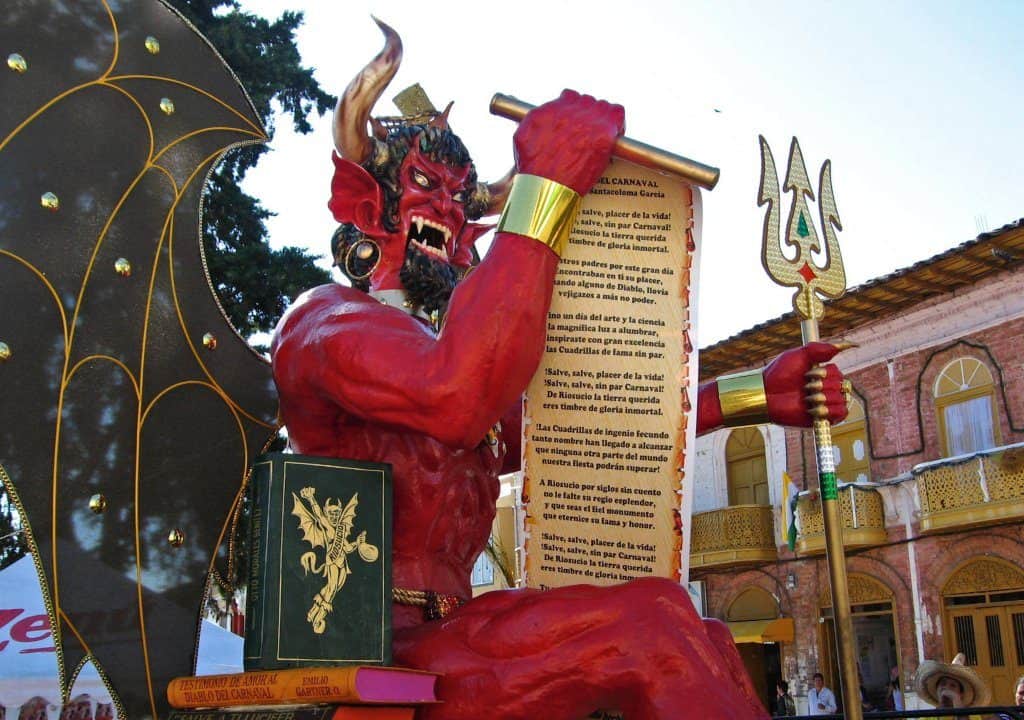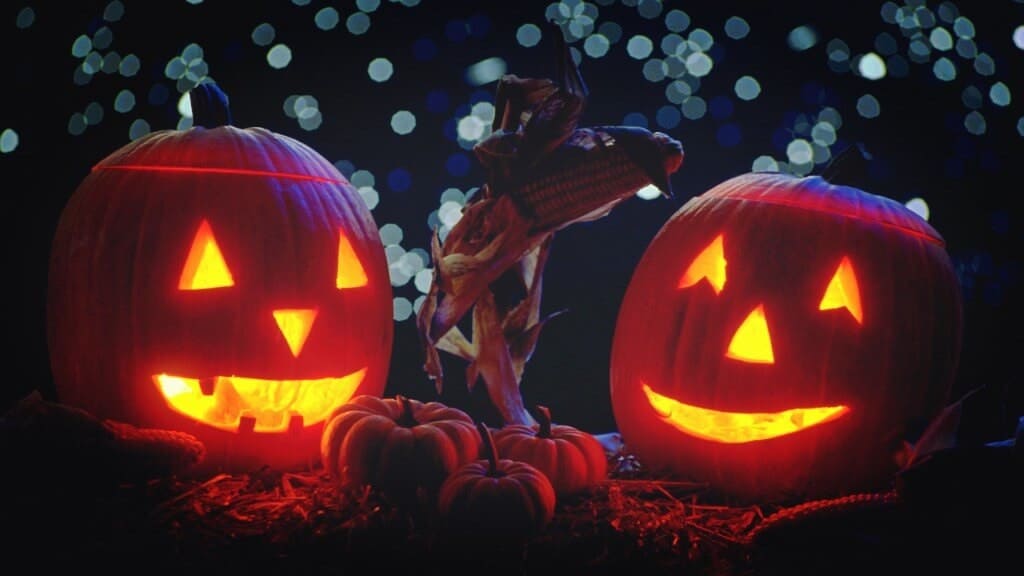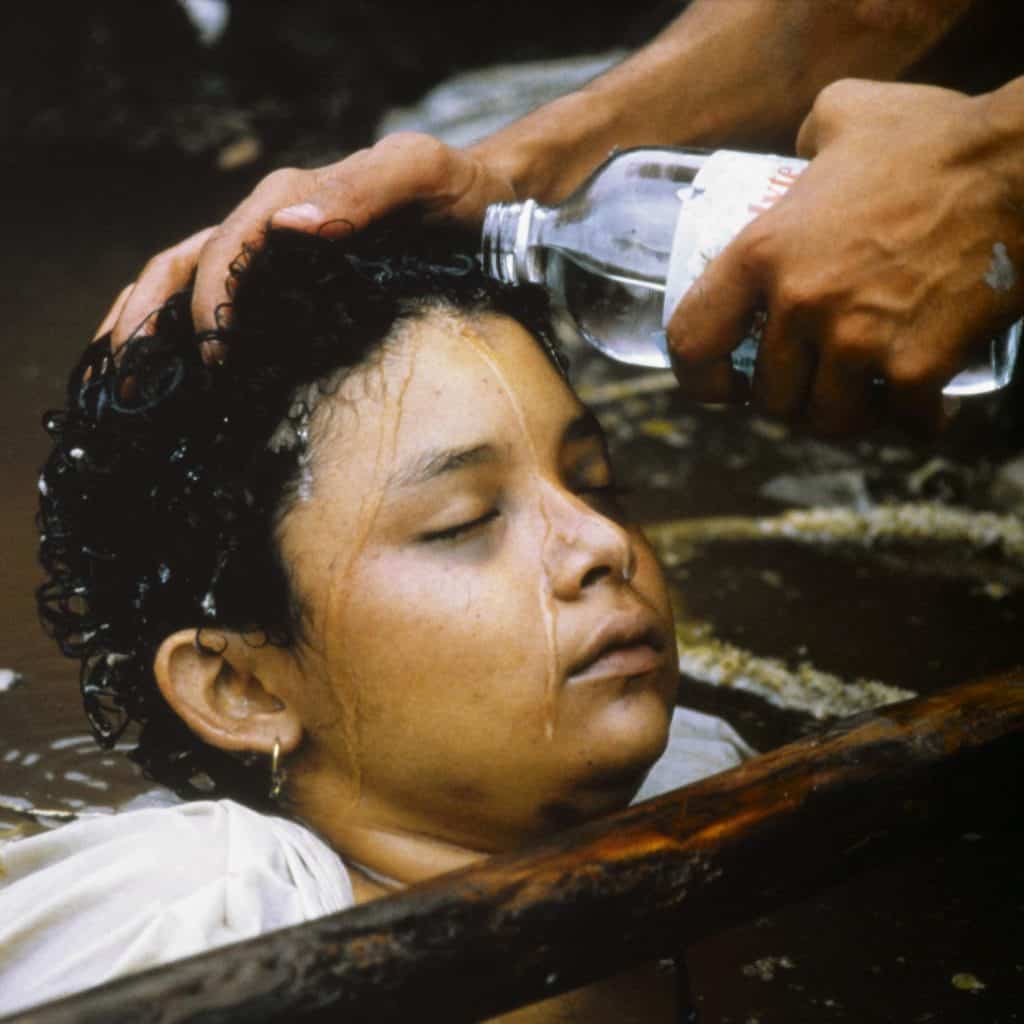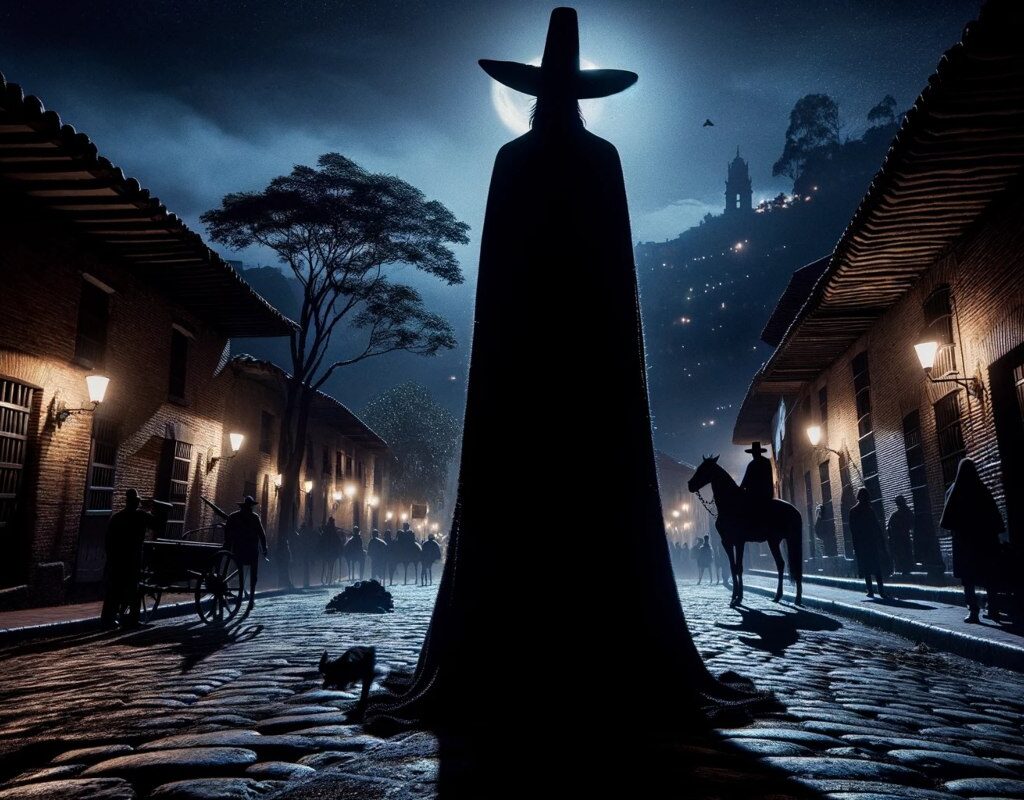The Riosucio Carnival, also known as the Devil’s Carnival, stands as one of the most iconic and deep-rooted celebrations in Colombian culture. Its origins trace back to 1847, amidst a time when cultural fusion and the pursuit of peace between two distinct communities kicked off this festive event.
Origins and Meaning of the Riosucio Devil’s Carnival
Back then, the inhabitants of Real Minas de Quiebralomo and La Montaña, divided by territorial disputes, found a common ground in the celebration of the Three Kings Day for reconciliation. This act of unity not only dissolved the physical and social barriers between the two towns but also laid the groundwork for what we now recognize as the Riosucio Carnival.
This event, held every two years on the first weekend of each odd-numbered year, embodies the cultural diversity and richness of the region. Through its rituals, dances and music, the carnival not only celebrates the indigenous, African and Spanish heritage but also becomes a symbol of identity and pride for the people of Riosucio.
The Figure of the Devil in the Carnival
A defining feature of the Riosucio Carnival is the representation of the devil, which has become an iconic symbol of this festival.
Since 1915, the devil is not merely a figure presiding over the carnival; it represents the cultural mix that characterizes Riosucio. This mestizo devil, born from the fusion of African, Spanish and indigenous traditions, reflects the complexity and richness of the local culture.
The matachines, artists and artisans of the carnival, are tasked with bringing this figure to life. Through masks made from bull bladders and colorful outfits, these performers reenact the ancient “matachines diversions,” where humor and social critique intertwine.
These actors not only chase attendees with whips to evoke laughter and fright but also use their scripts and songs to comment on current and local issues such as political corruption and everyday scenes of life in Riosucio.
The presence of the devil in the carnival is not just an act of entertainment; likewise, it serves as a moment for reflection and social critique, keeping alive the tradition of using humor and satire as tools for cultural expression.
Parade and Traditions: The Heart of the Carnival
The Riosucio Carnival reaches its climax during the main parade, where a towering devil figure over four meters tall is unveiled to the community and visitors.
This event, taking place at 7:00 p.m. on Saturday, marks the beginning of a series of festivities that last until nearly midnight. During this time, the devil traverses the streets of Riosucio, from La Candelaria Park to San Sebastián Park, in a display of music, dance and collective joy.
The parade is not just a showcase of creativity and art; it also embodies the unity and festive spirit of the Riosucio people. The children’s squads, tasked with kicking off the festivities in the afternoon, demonstrate the carnival’s deep roots in the new generations.
These young dancers are the future of the tradition, showing that a love for the carnival runs deep in the veins of this region’s inhabitants.
Carnival activities include stages in La Candelaria Park, where musical performances and traditional dances are held. This alternative venue allows for different artistic expressions to take place, enriching the experience for all attendees.
The End of the Carnival and the Promise of a New Beginning
The closing of the Riosucio Carnival is as significant as its opening. On Wednesday at midnight, after days of intense celebration, the community gathers to bid farewell to the devil in a ceremony loaded with symbolism.
A smaller replica of the main figure, filled with gunpowder, is set ablaze in the central park, marking the end of the carnival. This event symbolizes the farewell to the festivities and the continuity of the devil and the joy it brings, which do not perish but merely withdraw temporarily to reemerge in the next celebration.
This tradition reflects the deep connection between the Riosucio people and their carnival, a time when everyday life is transformed and filled with color, music and dance. The burning of the devil is an emotional moment that marks the start of a 725-day waiting period, during which the community lives in anticipation and desire for the next carnival edition.
This ongoing cycle of celebration and renewal is a metaphor for the resilience and vibrant spirit of Riosucio, a town that, through its carnival, teaches the world about the richness of its culture and the strength of its traditions.
The Riosucio Carnival: A Living Legacy
This carnival, with its rituals, parades and the central figure of the devil, preserves the legacy of past generations. In turn, it paves the way for future ones, ensuring that the essence of Riosucio and its people remains alive and flourishing.
Each edition of the Devil’s Carnival is a reminder that culture and tradition are fundamental pillars in the construction of a community’s identity. Riosucio, with its carnival, demonstrates how joy, art and social critique can coexist in a celebration that unites everyone, regardless of their origin or beliefs.
As the Riosucio Carnival concludes, the community bids farewell to its majestic festivity and renews the promise of its return. The burning of the devil symbolizes a new beginning, keeping hope and vibrant culture alive in Riosucio until the next celebration.




